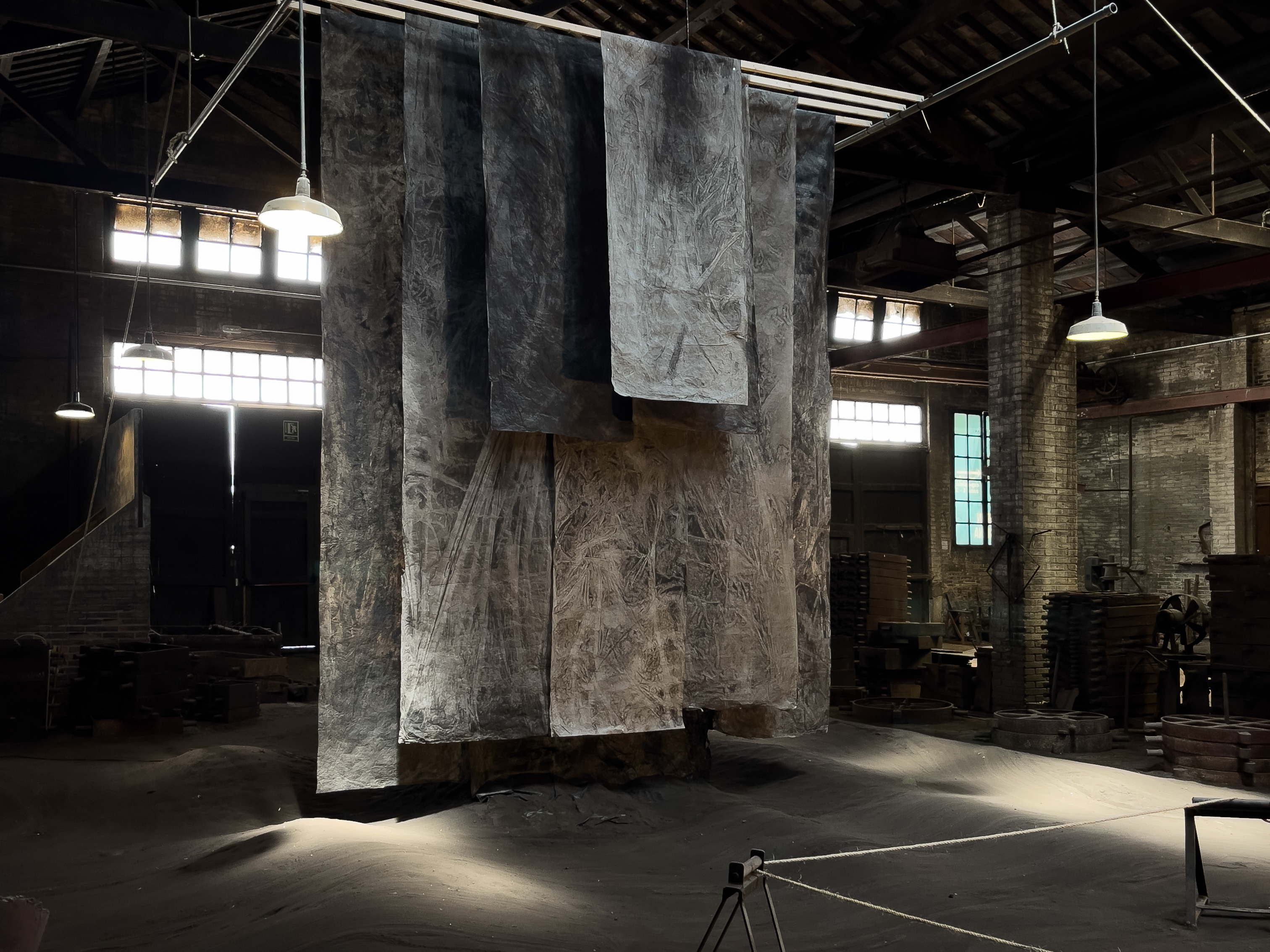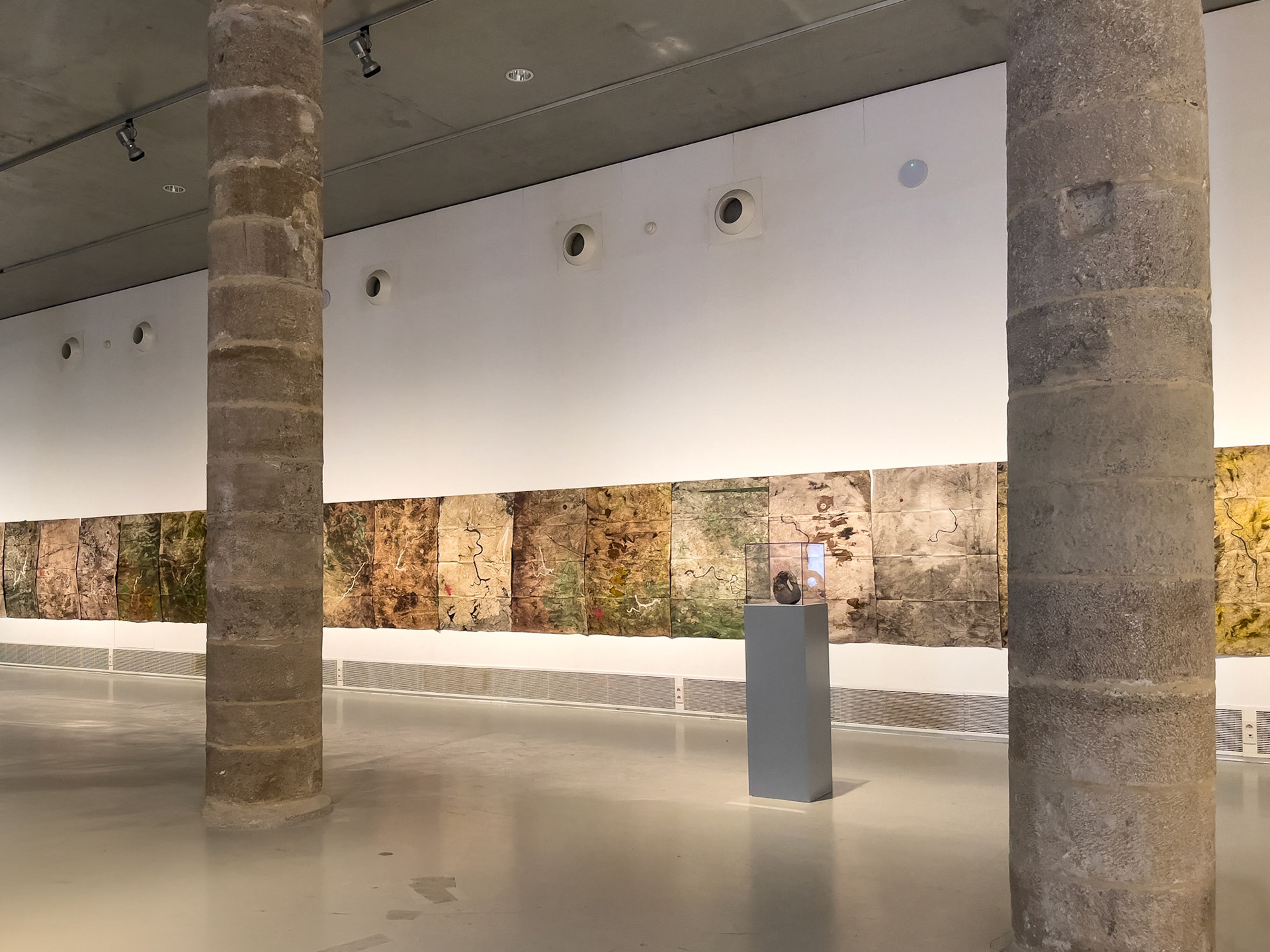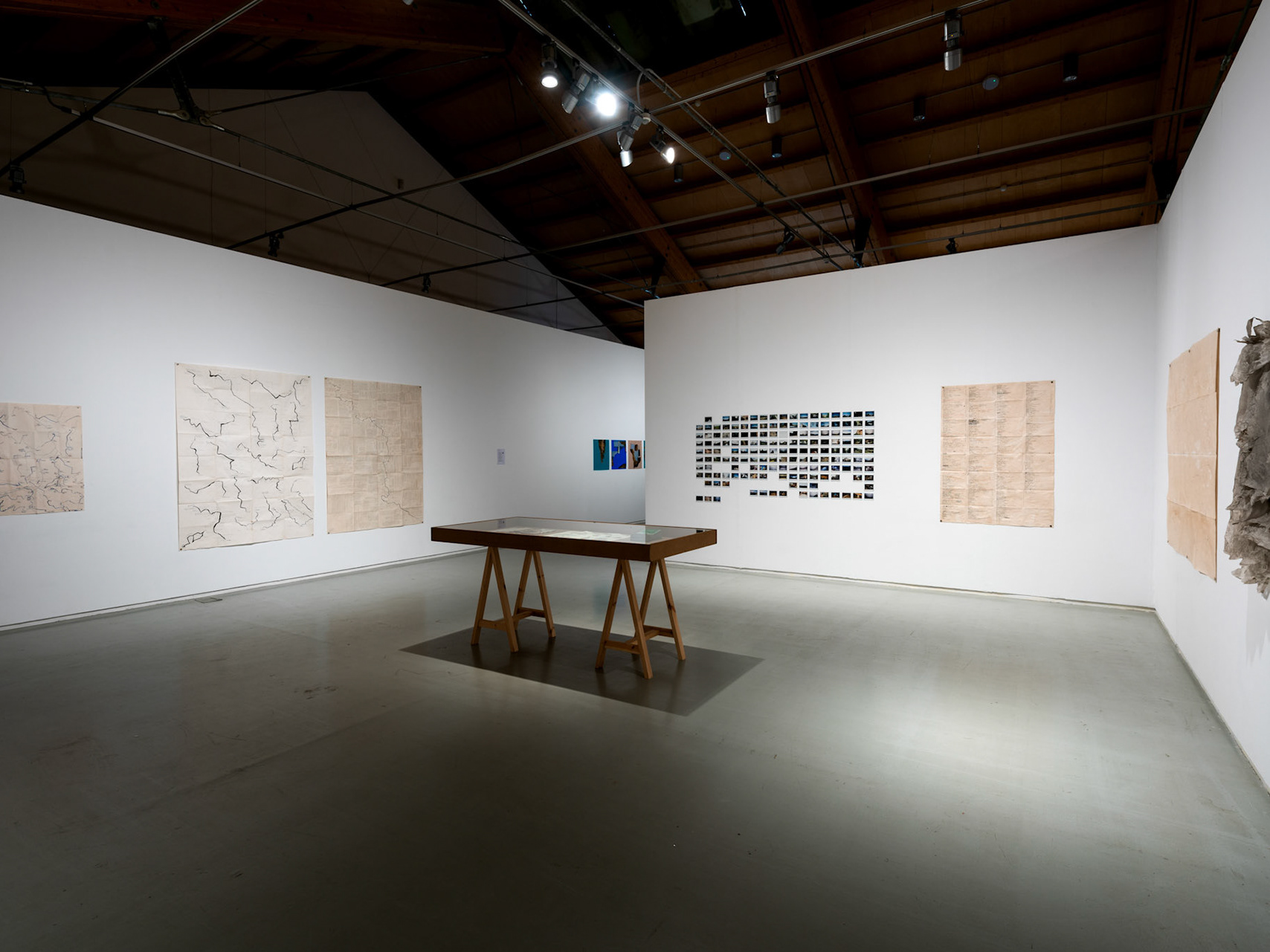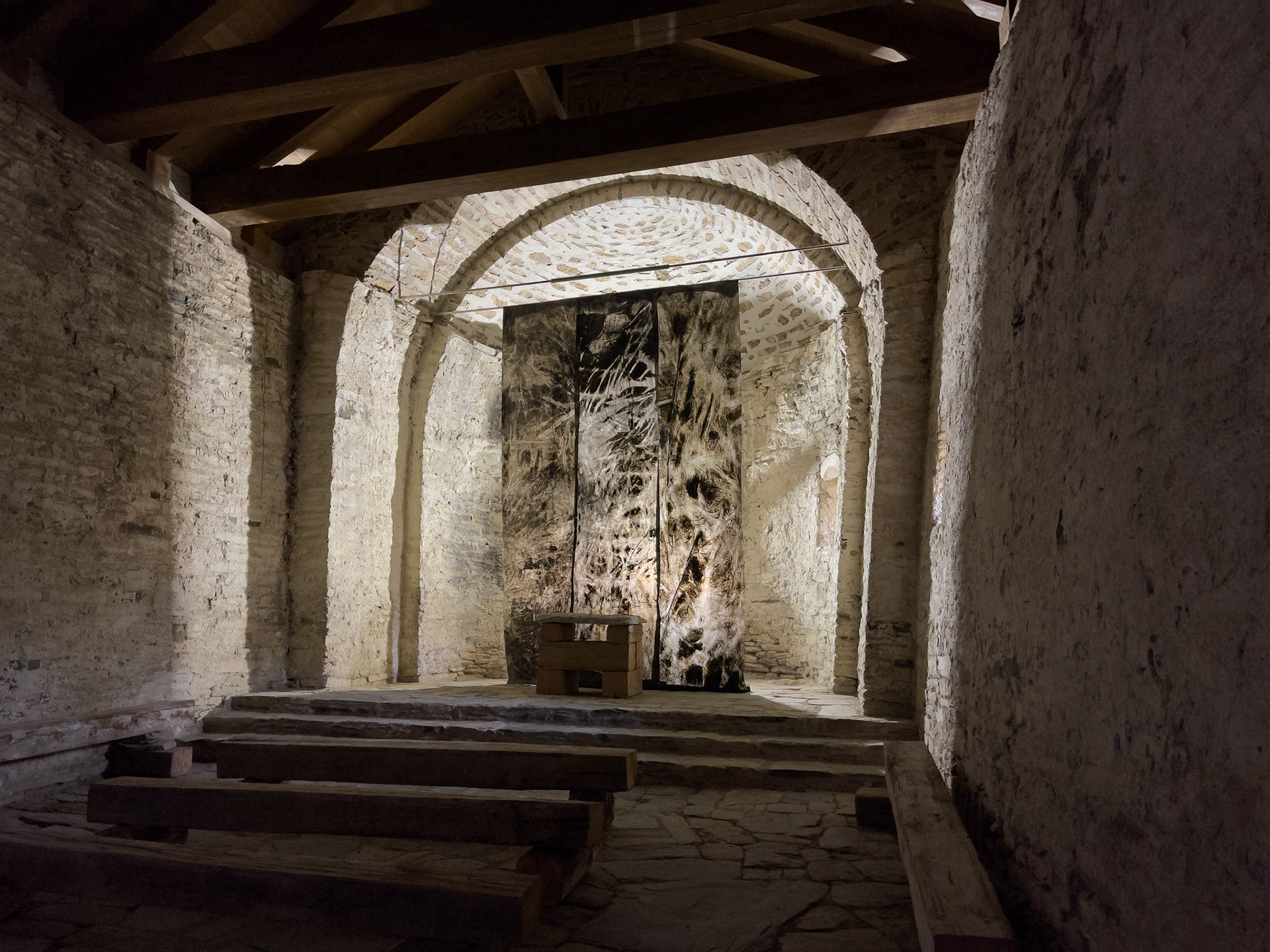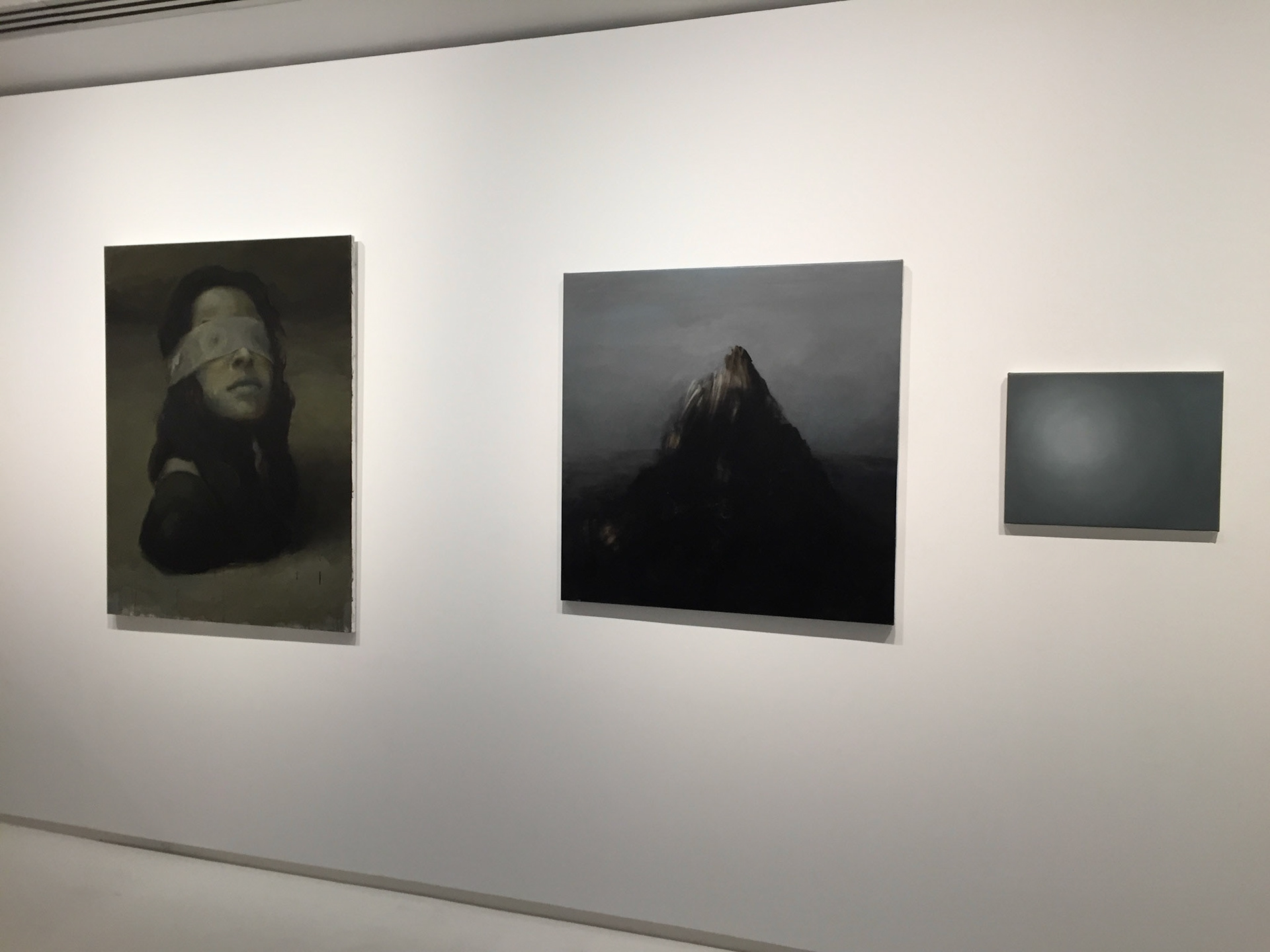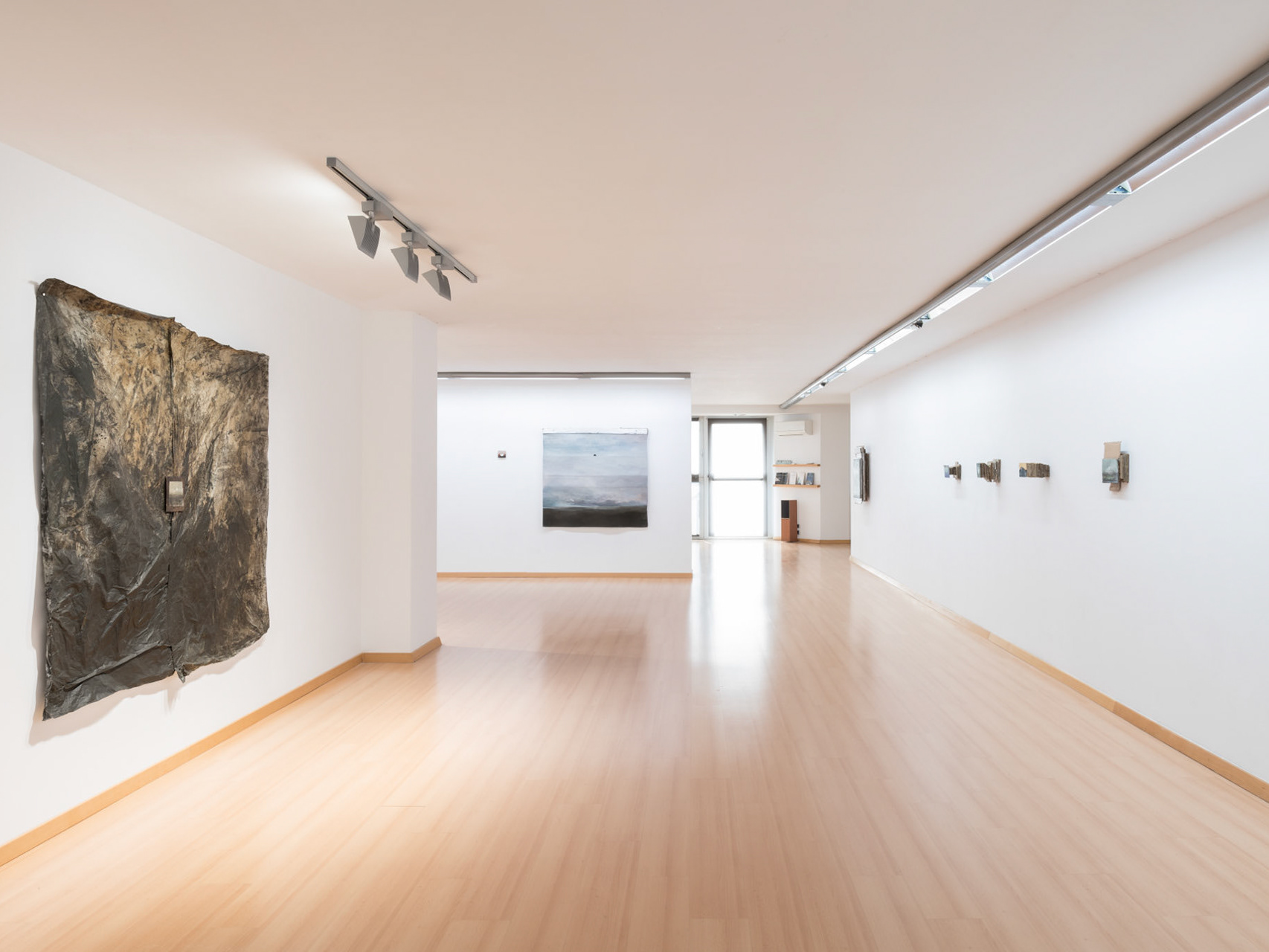Refugium, refugia, solo show at MuME, Museu Memorial de l'Exili, La Jonquera, Spain. From November 9, 2019 to February 2, 2020
ENG
A few years ago, during a visit to the Exile Memorial Museum of La Jonquera (Museu Memorial d’Exili – MUME), I read for the first time about Camp de Rivesaltes, also known as Camp Maréchal Joffre, a former concentration camp in the south of France which was first opened in the 1930s to accommodate Spanish exiles. The camp remained open for nearly 70 years, and among other uses, it served as a concentration camp during the Nazi occupation and then as an internment camp for Algerian Harkis. The dramatic history of Rivesaltes runs through the entire 20th century, which is why it is used as a guide to research the most tragic events of Europe’s recent past. Rivesaltes is not exclusively a geographical location; it is also – or especially, now that its ruins have made way for memory – a collective emotional space.
This work emerges from the rubble of the camp, which acted as both executioner and witness of the horror of the Nazi deportations and the drama of the exile of thousands of human beings. The memory of Rivesaltes is the current reality of the camps that today contain millions of lives, millions of refugees, millions of dramas all over the world and at the doors of the European Union. Nevertheless, this is not a work about Rivesaltes, nor is it historical research. In this case, history is really the guide to a journey in the collective emotional memory, seeking the universality of individual experience, beyond eras, boundaries and nationalities.
The word refuge has its origin in the Latin word refugium, a word that was used indistinctly to refer to the place towards which one flees as well as to the “escape route”. In other words, to a place safe from danger (not necessarily physical and immediate) or a means to escape from a dangerous situation. It also meant “return”, “arriving back”, as opposed to “desertion”. The plural –refugia– referred to hiding places in Roman houses where the father of the family could hide his possessions in case of an attack by enemies or a fire. In biology, refugium refers to the area of an isolated population or that of the residual presence of a previously more widespread species.
Protection, escape, retreat, exit. Terms that indicate both a withdrawal and an outward movement, whichever the case, a permanent state of transit and danger.
The work presented in Refugium, refugia portrays the physical and emotional places of uprooting, places where burial frequently follows exile, where the need for shelter is accompanied by its denial and where the solution to the tragedy is only the lesser evil. The camps are at the same time refuge and condemnation and certify the loss of dignity and identity of refugees, broken, separated from their roots, from their land, from their past. Mass graves, pits, burial mounds, boxes… real or symbolic shelters, cynical alternatives to cynical European politics. The refugee as an intrinsic condition of the exiled, where the impossibility of returning home points to the absolute and definitive impossibility of having a new home, because uprooting is an irreversible trauma that affects the very fundaments of the human being.
Rivesaltes
ESP
Hace unos pocos años, durante una visita al Museo del Exilio de La Junquera, leí por primera vez acerca del campo Joffre de Rivesaltes, un antiguo campo de concentración en el sur de Francia que se abrió en los años treinta del siglo pasado para alojar exiliados españoles. El campo se quedó abierto casi 70 años, siendo también usado como campo de concentración durante la ocupación nazi y posteriormente como campo de internamiento de harkis argelinos. La historia de Rivesaltes es un relato dramático que cruza todo el siglo XX y que por eso se presta a ser usado como guía para una investigación sobre los acontecimientos más trágicos de la historia europea contemporánea. Rivesaltes no es exclusivamente un lugar geográfico, es también – o sobre todo, ahora que las ruinas han dejado espacio a la memoria – un espacio emocional colectivo.
Este trabajo nace de los escombros del campo, verdugo y testigo del horror de las deportaciones nazis y del drama del exilio de miles de seres humanos. La memoria de Rivesaltes es viva y se enlaza hoy con los actuales campos que alrededor del mundo y en las puertas de Europa alojan a millones de vidas, millones de refugiados, millones de dramas: las ruinas del campo son el pasado que conecta con el presente y con la actualidad política migratoria de la Unión Europea. Sin embargo este no es un trabajo sobre Rivesaltes. Tampoco pretende ser una investigación histórica. La historia funciona aquí más bien, como guía para un viaje por la memoria emocional colectiva, buscando la universalidad de la experiencia individual, más allá de épocas, confines y nacionalidades.
La palabra refugio tiene su origen en la palabra latina refugium. Este término se usaba indistintamente para referirse al lugar hacia el cual se huye o indicar una vía de escape. En otras palabras, hacía referencia a un sitio seguro de peligros (no necesariamente físicos e inmediato) o a un medio para escapar de una situación peligrosa. Significa también “retorno, vuelta” y se opone al concepto de “deserción”. El plural –refugia– se refería a lugares escondidos de las casas romanas donde el padre de la familia podía esconder sus bienes si había algún ataque de enemigos o algún incendio.
Reparo, escape, retirada, salida. Términos que indican un recogimiento cuanto un movimiento hacia fuera, en todo caso un estado permanente de tránsito y peligro.
La obra presentada en “Refugium, refugia” retrata los lugares físicos y emocionales del desarraigo, lugares donde frecuentemente el entierro sigue al destierro, donde la necesidad de amparo es acompañada por su negación y donde la solución a la tragedia es solo el mal menor. Los campos son al mismo tiempo refugio y condena y certifican la pérdida de dignidad e identidad del refugiado, fracturado, apartado de sus raíces, de su tierra, de su pasado. Fosas comunes, agujeros, túmulos, cajas… refugios reales o simbólicos, alternativas cínicas a las cínicas políticas europeas. El refugiado como la condición intrínseca del desterrado, donde en la misma imposibilidad de volver a casa se encuentra la absoluta y definitiva imposibilidad de tener otra, porque el desarraigo es un trauma irreversible que afecta a los fundamentos mismos del ser humano.
Exhibitions
2019

Refugium, refugia, installation view, 2019, MuME, Museu Memorial de l'Exili, La Jonquera, Spain
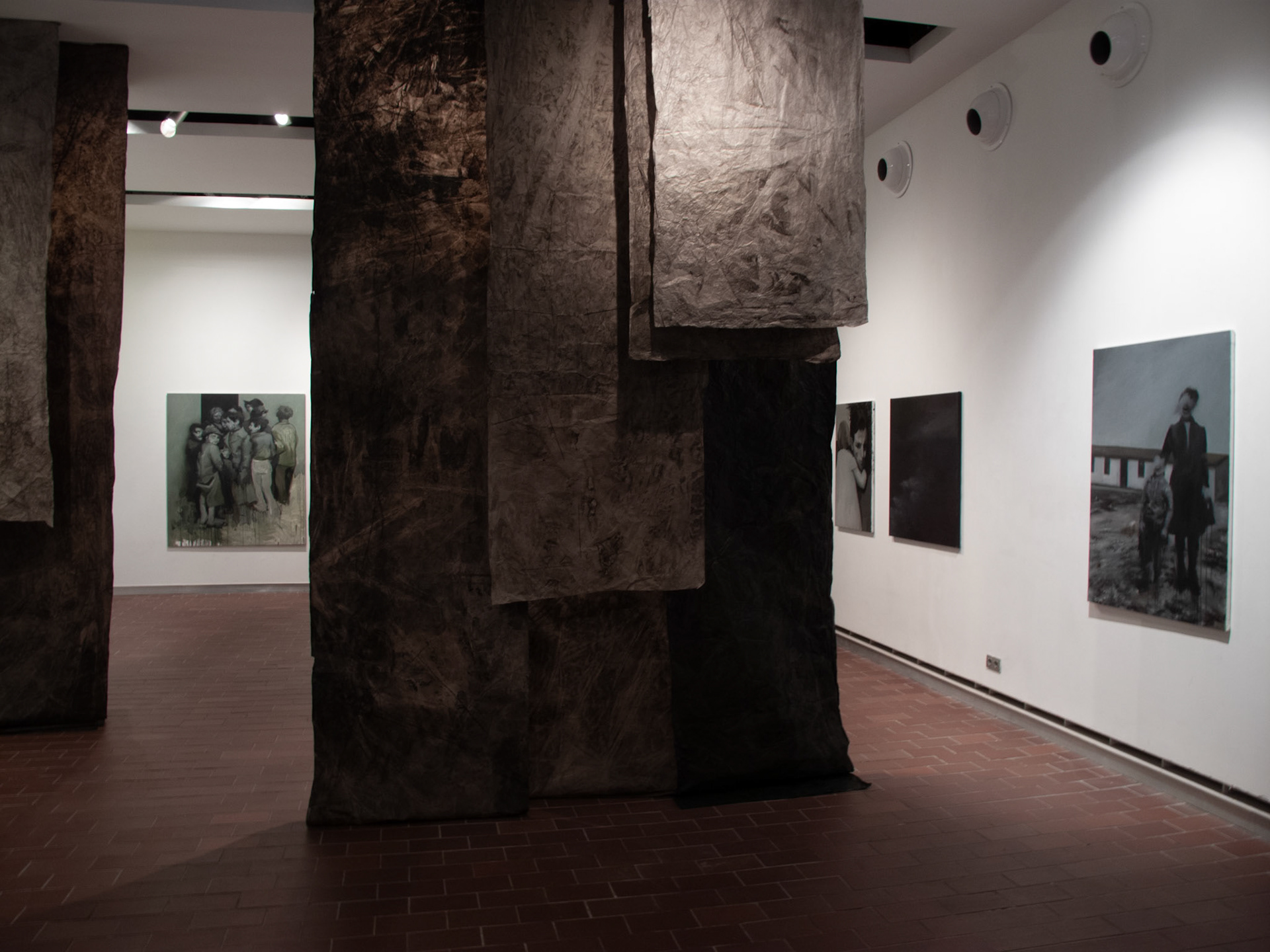
Refugium, refugia, installation view, 2019, MuME, Museu Memorial de l'Exili, La Jonquera, Spain
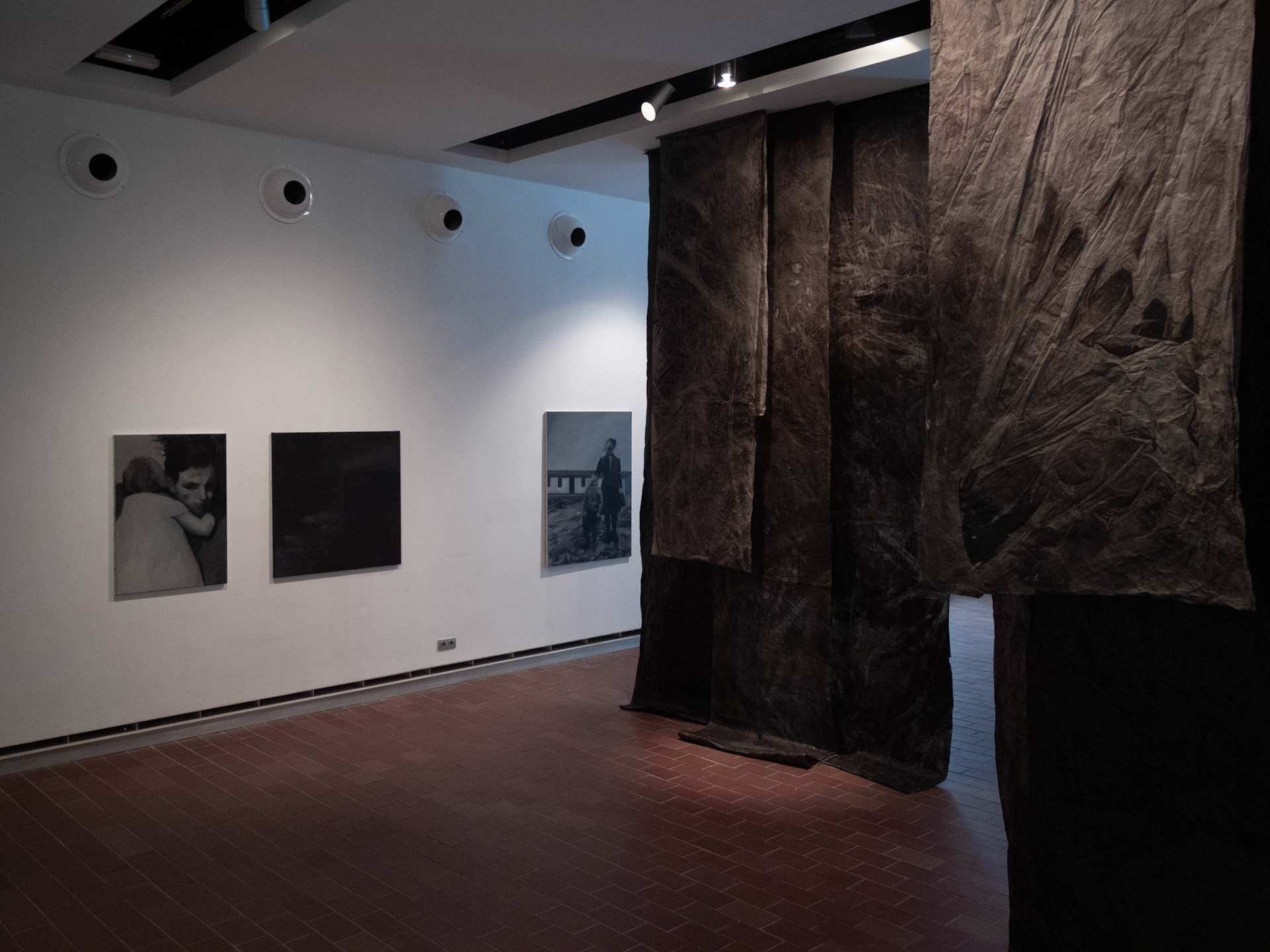
Refugium, refugia, installation view, 2019, MuME, Museu Memorial de l'Exili, La Jonquera, Spain

Refugium, refugia, installation view, 2019, MuME, Museu Memorial de l'Exili, La Jonquera, Spain
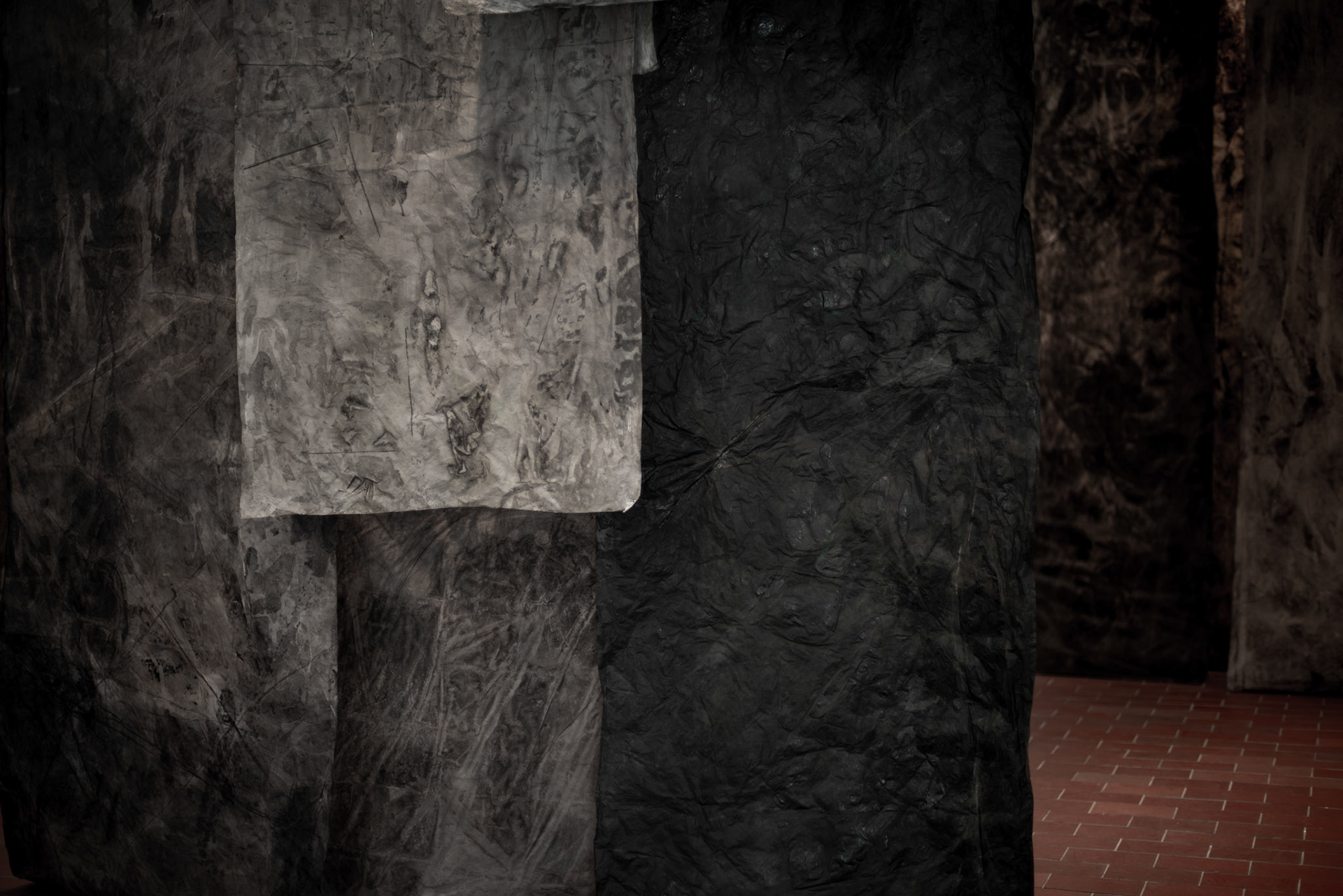
Refugium, refugia, installation view, 2019, MuME, Museu Memorial de l'Exili, La Jonquera, Spain

Refugium, refugia, installation view, 2019, MuME, Museu Memorial de l'Exili, La Jonquera, Spain
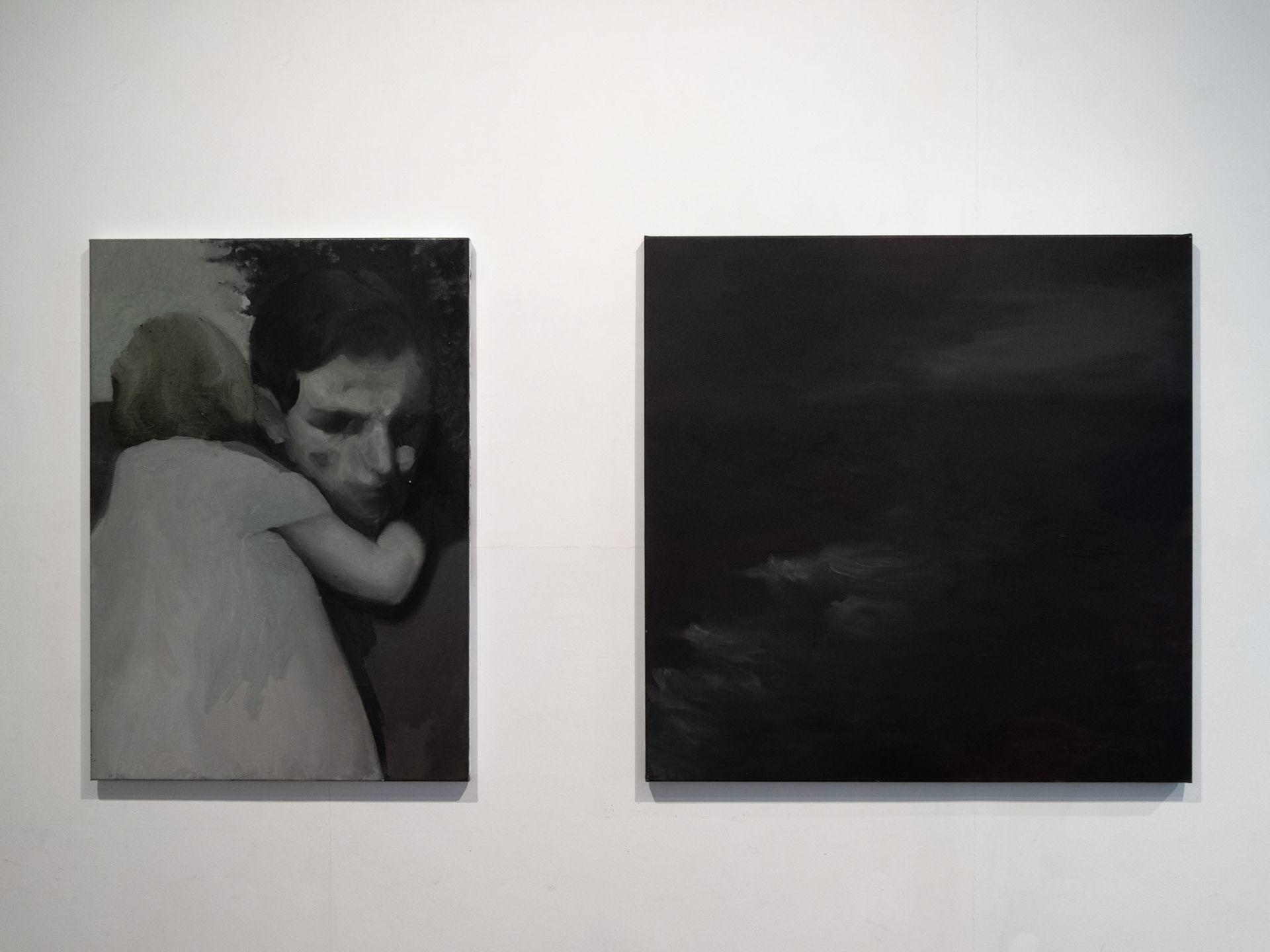
Refugium, refugia, installation view, 2019, MuME, Museu Memorial de l'Exili, La Jonquera, Spain
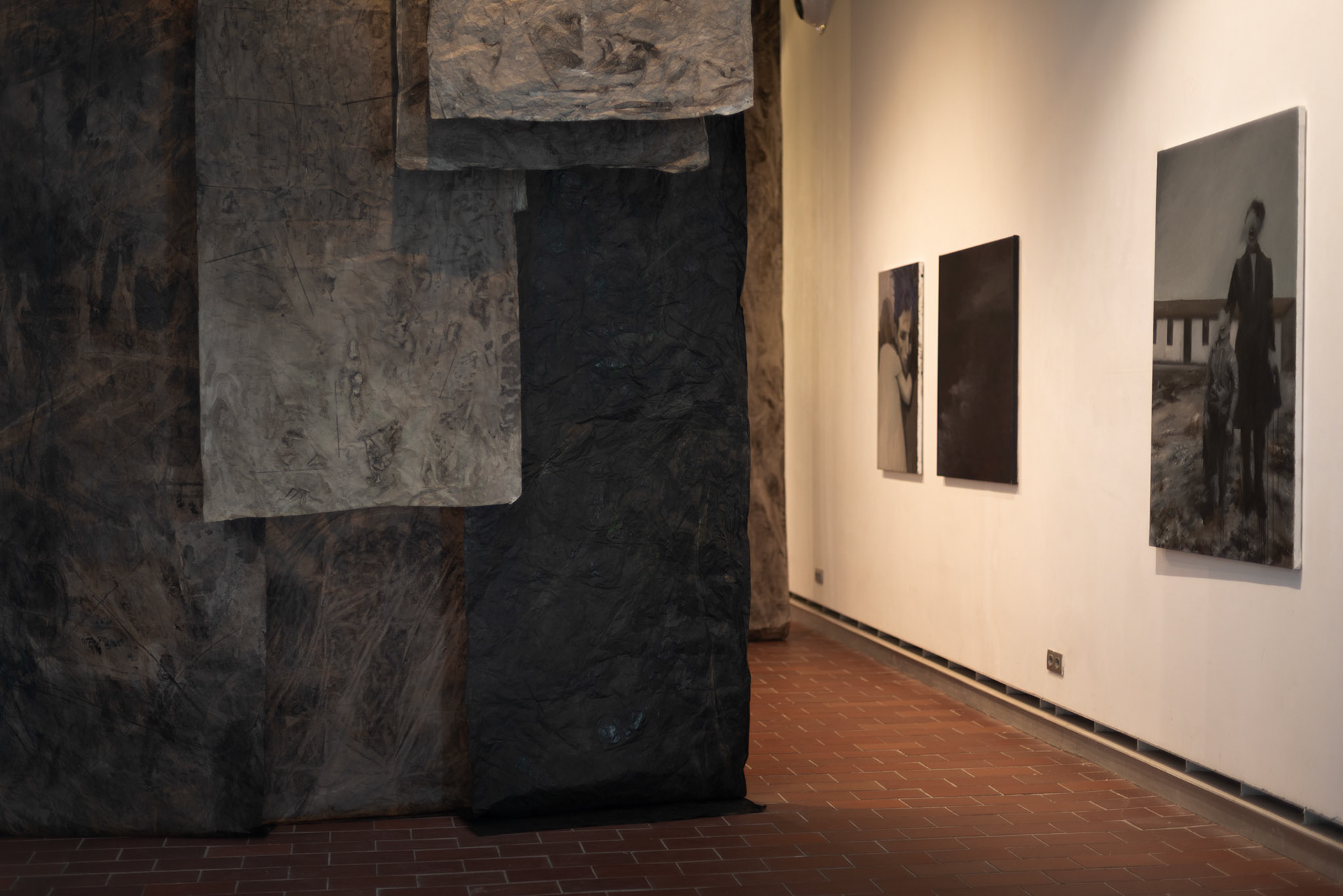
Refugium, refugia, installation view, 2019, MuME, Museu Memorial de l'Exili, La Jonquera, Spain

Refugium, refugia, installation view, 2019, MuME, Museu Memorial de l'Exili, La Jonquera, Spain
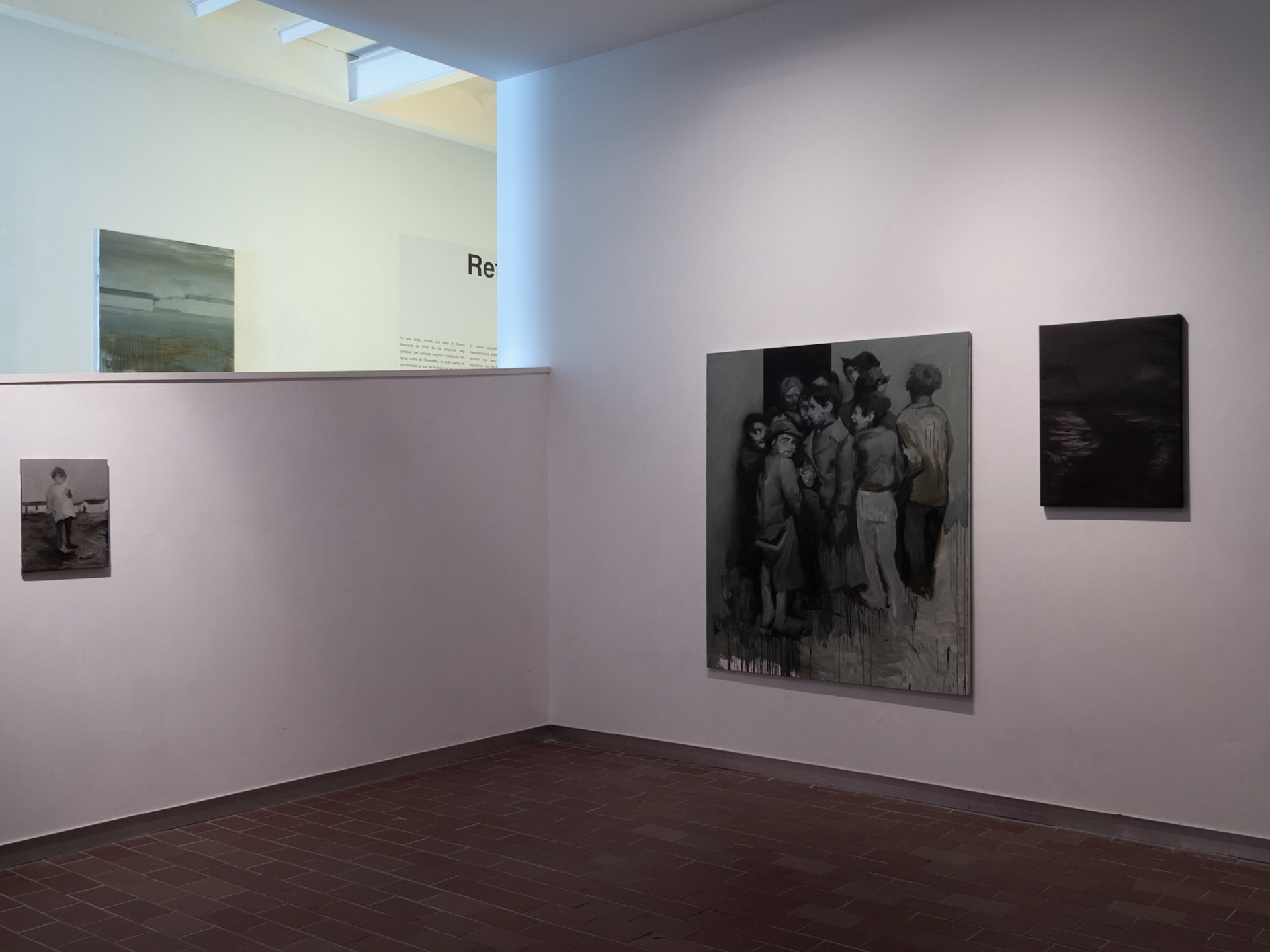
Refugium, refugia, installation view, 2019, MuME, Museu Memorial de l'Exili, La Jonquera, Spain
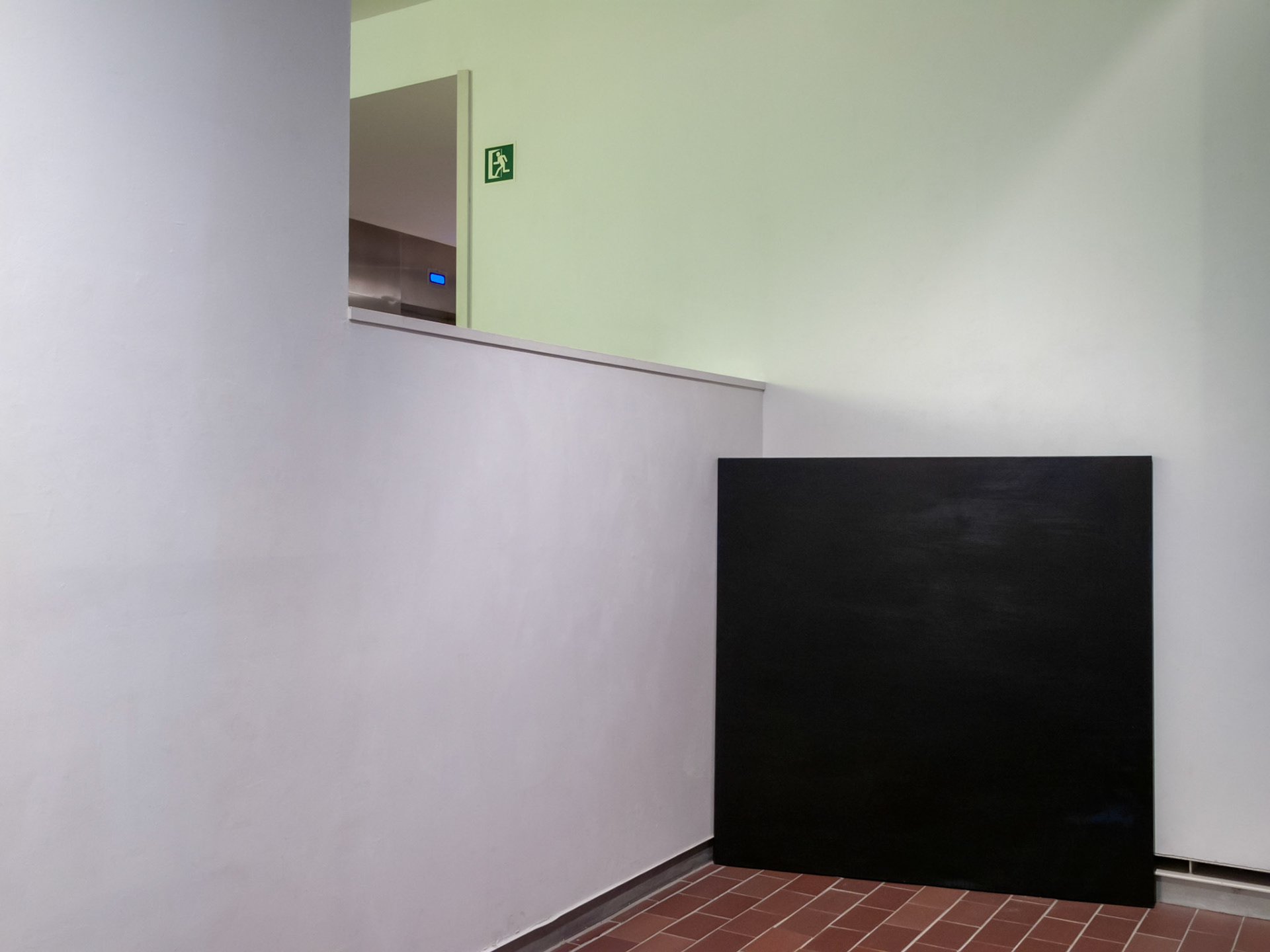
Refugium, refugia, installation view, 2019, MuME, Museu Memorial de l'Exili, La Jonquera, Spain
Refugium, refugia, solo show at MuME, Museu Memorial de l'Exili, La Jonquera, Spain. From November 9, 2019 to February 2, 2020
2016

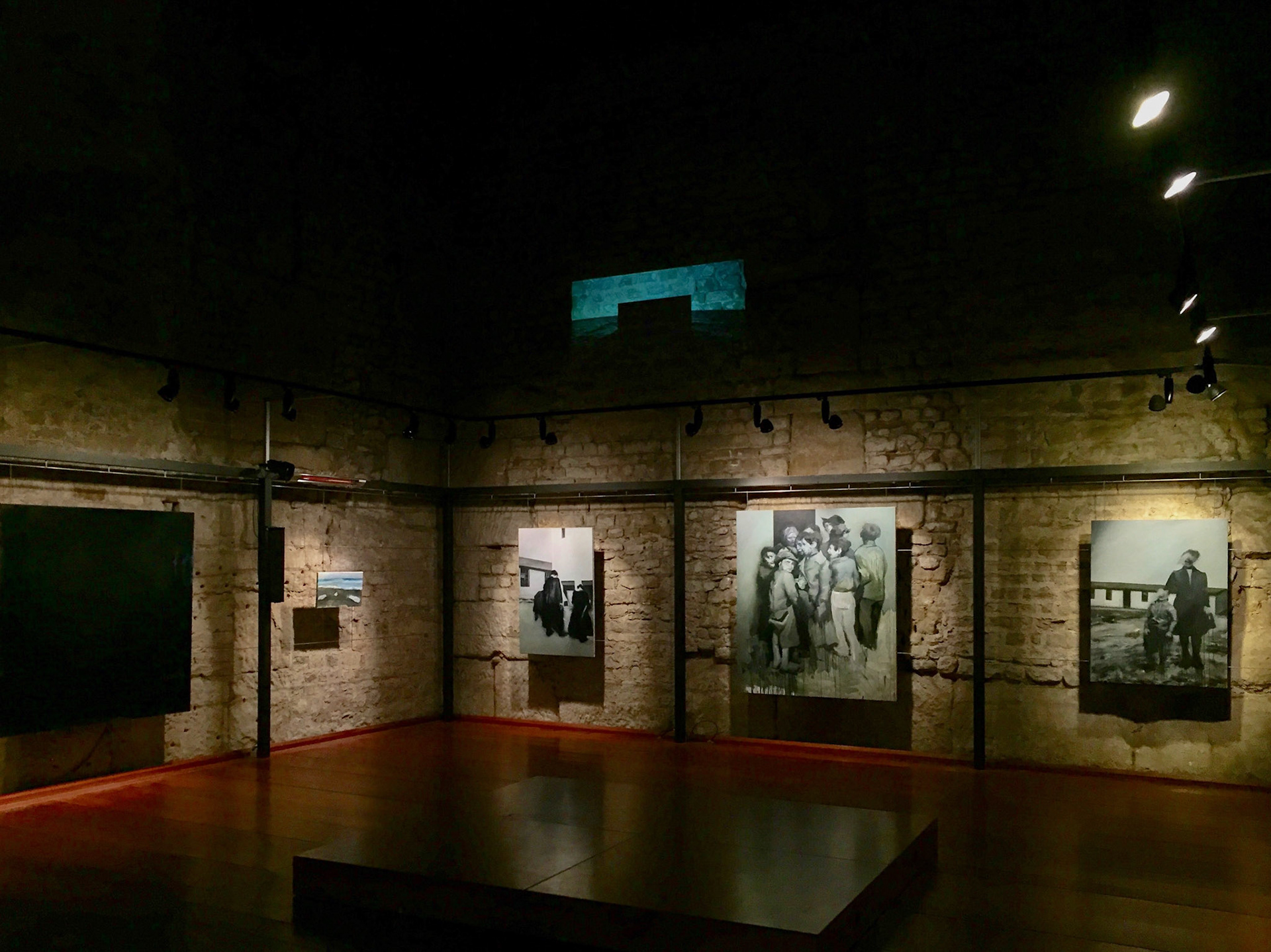
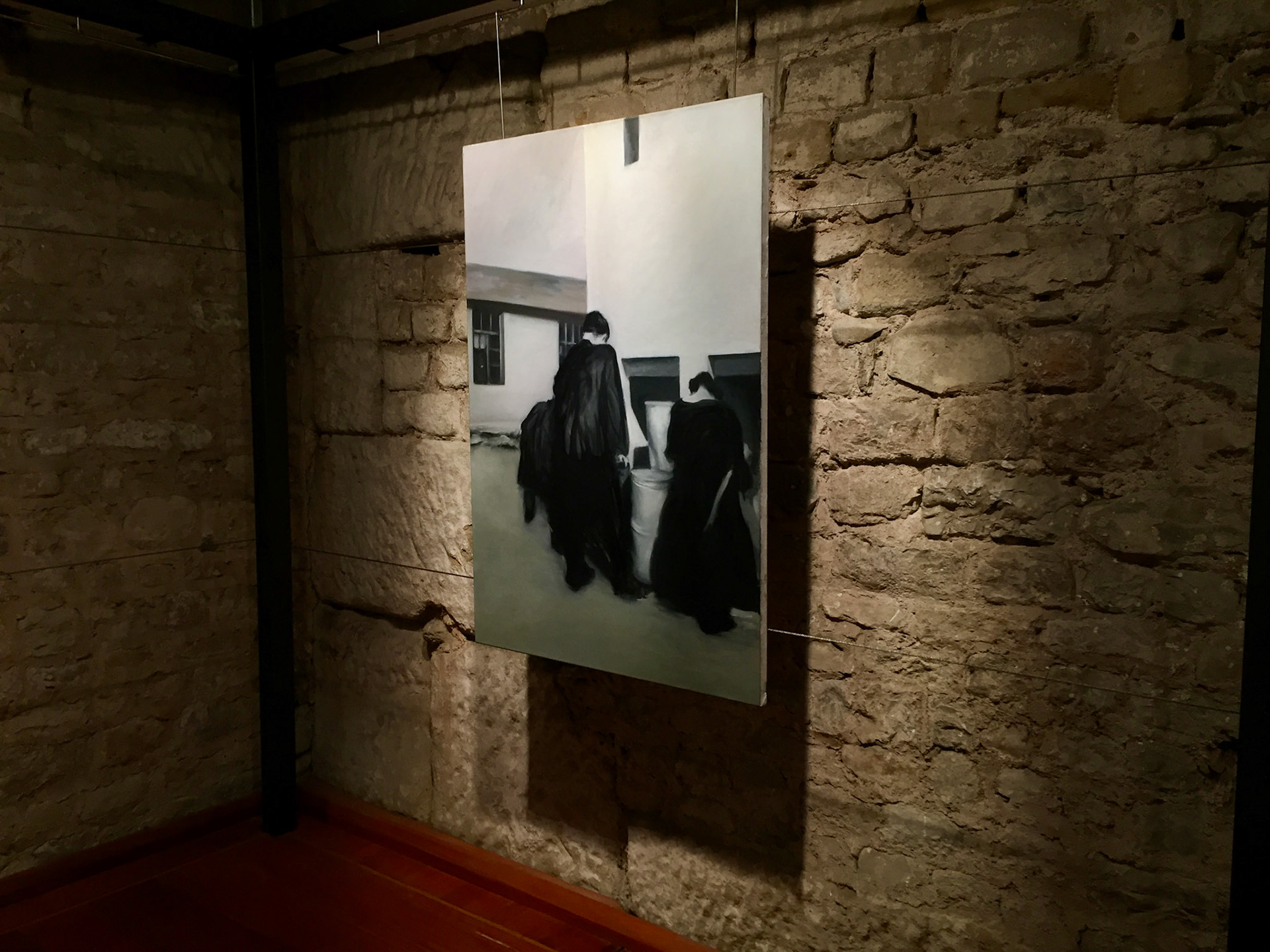
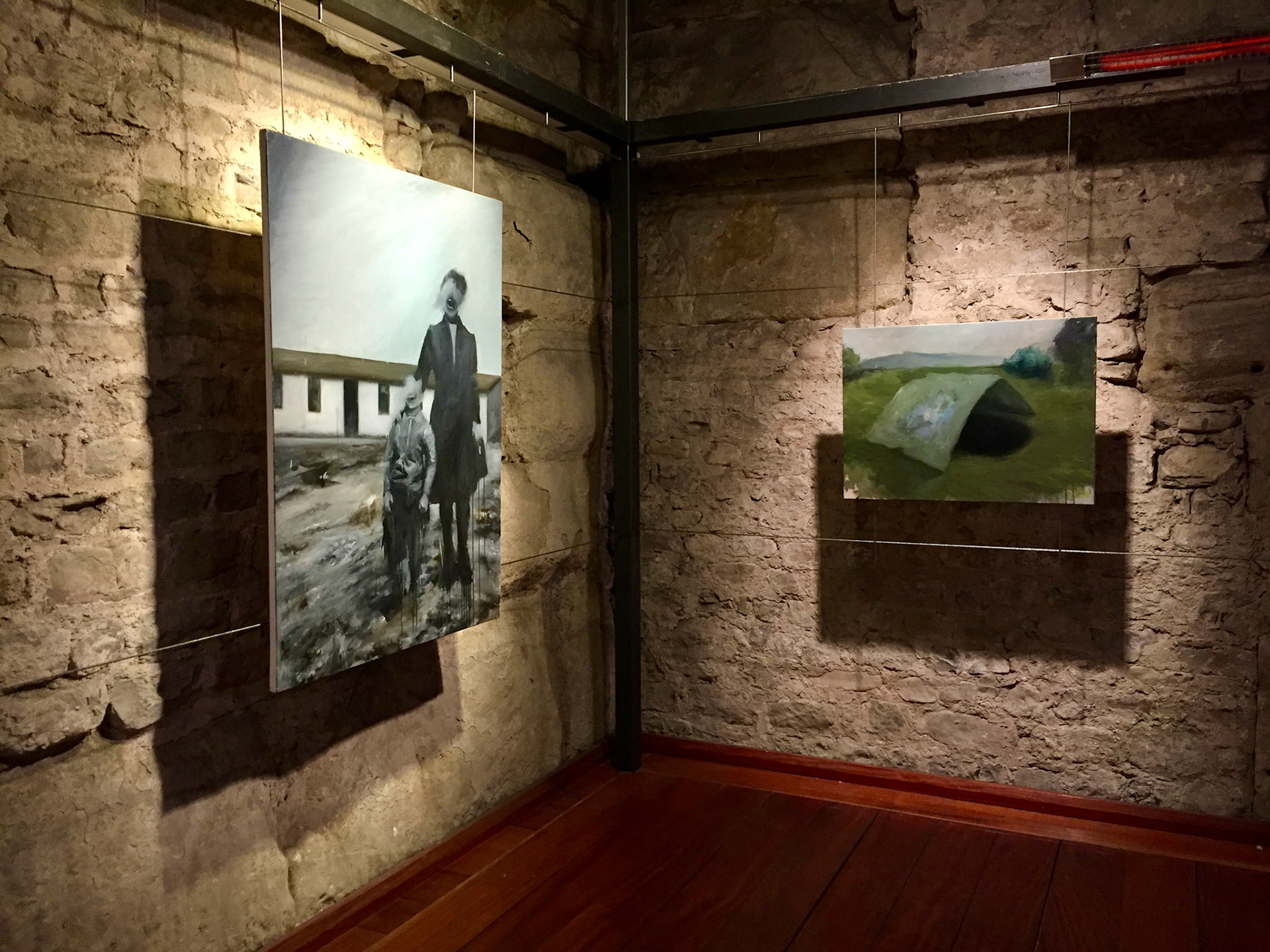

(In)refugis, solo show at Temple Romà, Vic (Spain). From November 23, 2016 to January 1, 2017
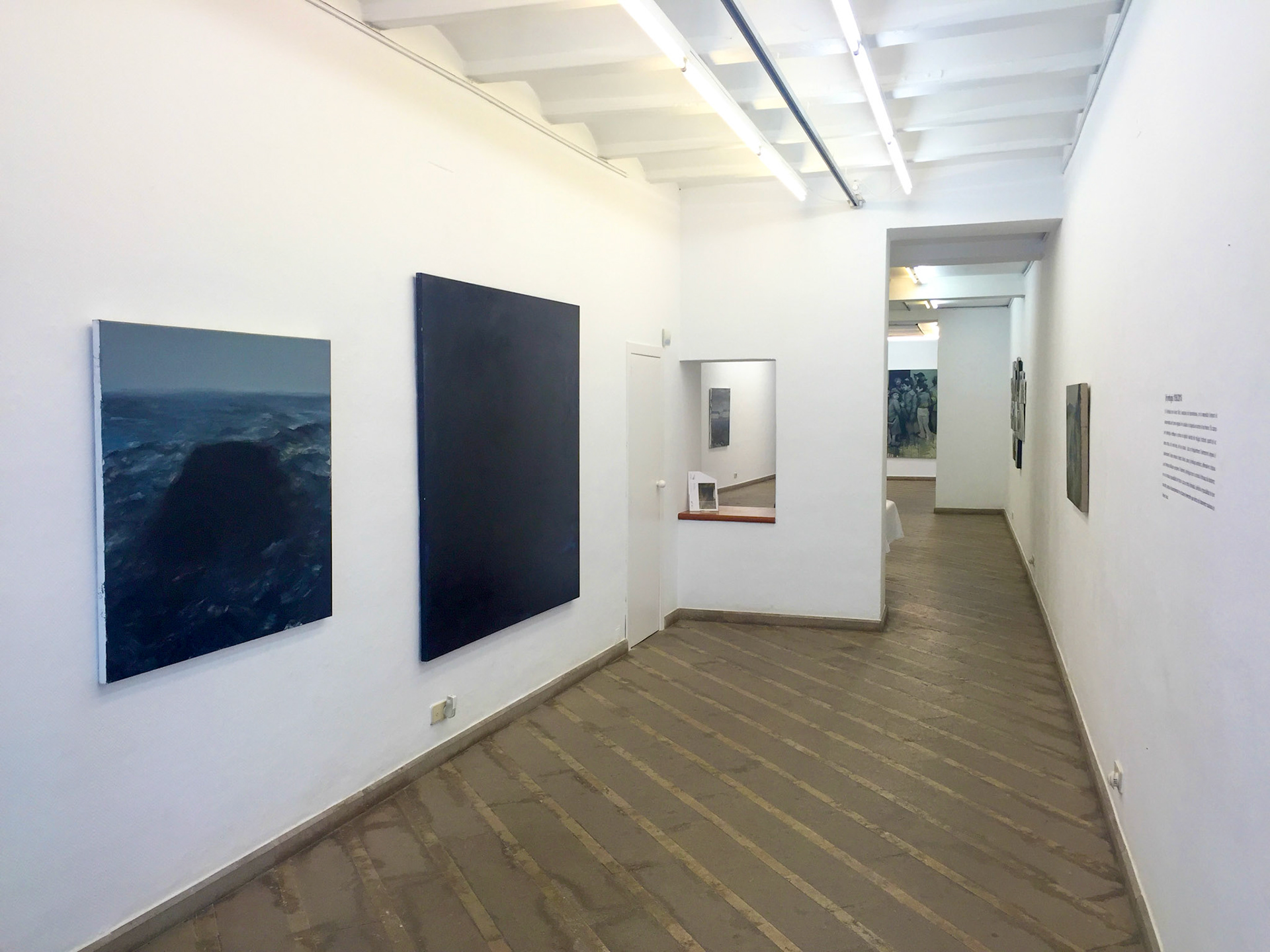
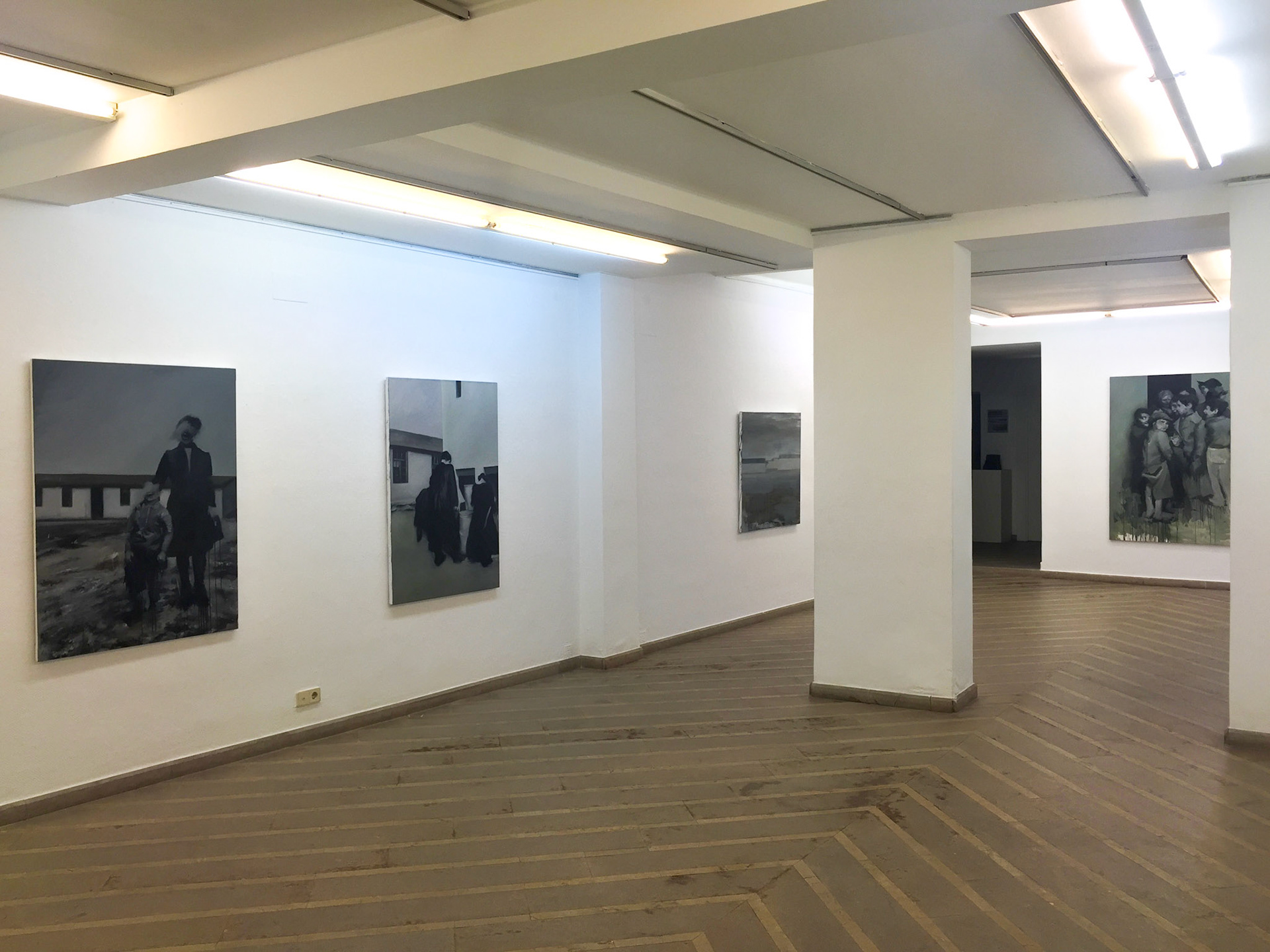
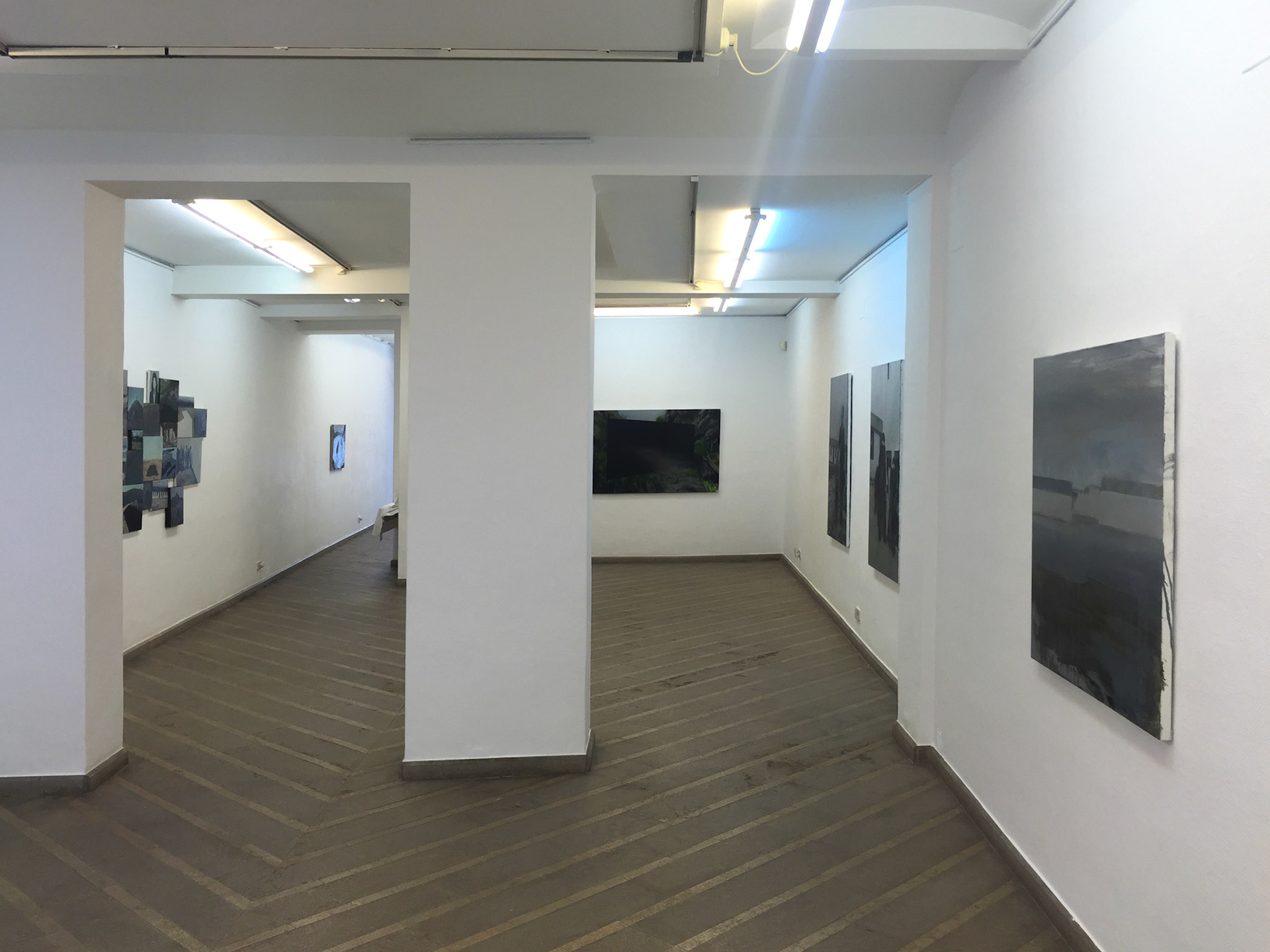
(In)refugios 1936/2016, solo show at Canem Gallery, Castellón de la Plana (Spain). From June 17, 2016 to July 29, 2016


